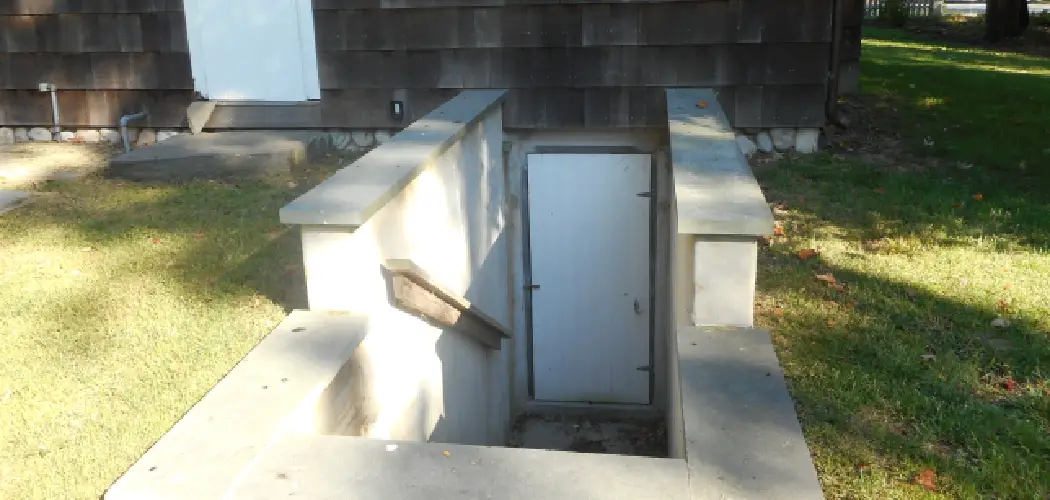Adding a basement to a house on a slab may seem like a challenging task, but it is not impossible. Basements are great for adding extra living space, storage, and a feeling of security during a storm or tornado.
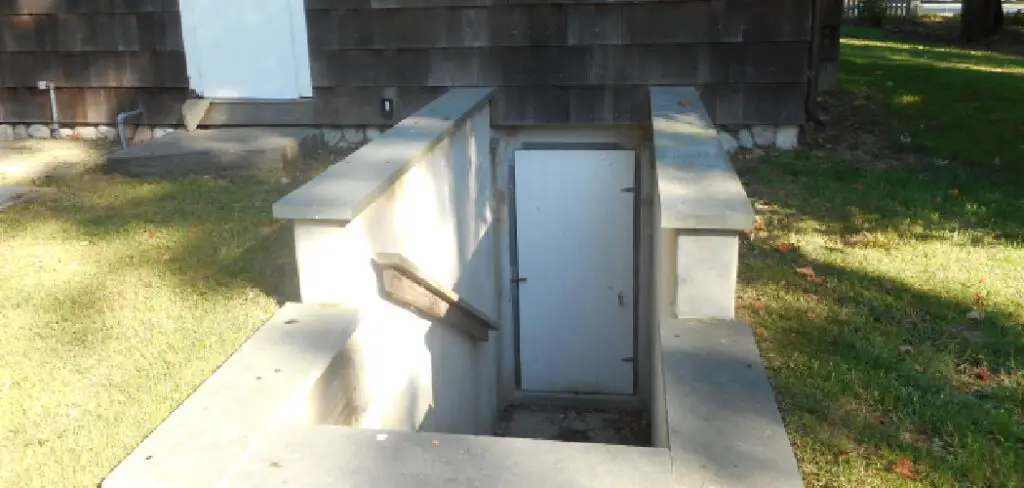
Fortunately, there are some ways to add a basement to your house on a slab without demolishing the entire structure. In this article, we’ll show you how to add a basement to a house on a slab step-by-step.
Can You Add a Basement to A House on A Slab?
If you’re looking to increase your home’s square footage, adding a basement to your house on a slab might seem like a logical next step. But what if you’ve been told it’s just not possible? The good news is with the right planning and experts on your team, adding a basement to a house on a slab is possible.
One of the biggest challenges will be excavating the area beneath your home’s slab, but it can be done effectively with the right equipment and a skilled contractor. So, don’t give up on your dream of a basement just yet – there’s a way to make it happen!
Why Should You Add a Basement to A House on A Slab?
Adding a basement to a house on a slab can significantly increase your living space and provide many benefits. First, a basement can serve as extra storage for all your seasonal items and allow you to declutter your family’s living areas. Additionally, adding a basement can provide a safe shelter in the event of a natural disaster or severe weather.
It can also offer a quiet space away from the noise of activities above-ground, making it an ideal spot for a home office or guest bedroom. With a finished basement, you can add value to your home and increase your comfort and livability. So why not consider adding a basement to your slab house and take advantage of all its benefits?
How to Add a Basement to A House on A Slab Step-by-Step Guide
Step 1. Check the Structural Integrity of Your Home
Before you decide to add a basement to your house on a slab, ensure that the structure is safe to support it. Ask a professional structural engineer to assess your home’s foundation, so you can determine if a basement is feasible.
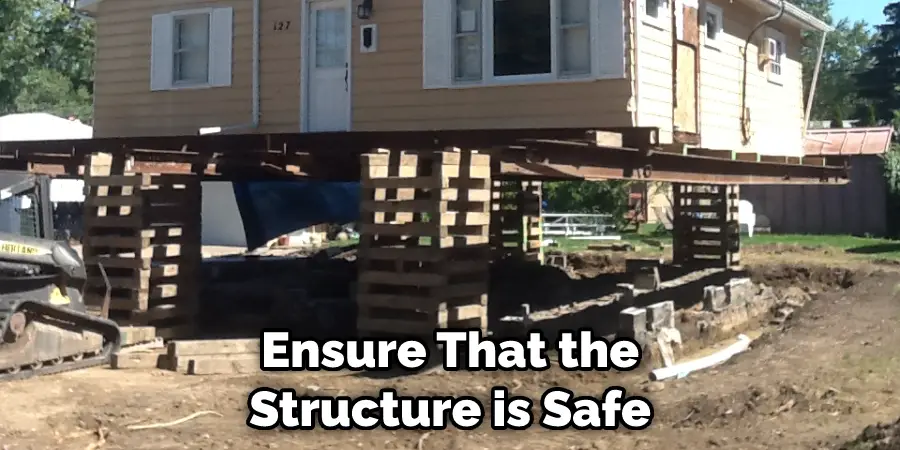
If the house is not strong enough to support a basement, you may need to reconsider the idea or consider other alternatives.
Step 2. Excavation and Site Preparation
Once you get the engineer’s assessment, you should obtain all necessary permits and conduct the excavation. You will need to break through the existing slab and the foundation to create a hole for your basement.
Be sure to dig to a suitable depth, which is typically eight to ten feet, to allow enough headroom. Once the excavation is complete, prepare the site by removing all debris and installing drainage and waterproofing systems to ensure a dry and secure basement.
Step 3. Build a Retaining Wall
After excavation, you will need to construct a retaining wall to secure the exposed soil from caving in. Depending on the soil conditions and depth of the excavation, you may need to install a steel beam or a concrete wall. This will require some significant excavation, so make sure you plan accordingly.
Step 4. Pouring a New Foundation
Next, it’s time to pour your new foundation. You can opt for a traditional concrete foundation or consider using insulated concrete forms (ICF). ICF is a popular choice for basements, as it is energy-efficient, easy to install, and provides superior insulation. The foundation will then be coated with waterproofing materials to ensure a dry space.
Step 5. Framing and Finishing
After the foundation is ready, framing your new basement can begin. Make sure to use waterproof materials such as mold and moisture-resistant drywall and insulation. Your plumber and electrician will need to do their work before the walls are closed up again. Finally, choose your flooring, lighting, and other optional finishes to complete your new space.
Step 6. Connecting to the HVAC System
Adding a basement means you need to connect it to the existing home’s HVAC system, which can be challenging and costly. To do this, your contractor will install ductwork that runs from the basement to your furnace or air conditioner. This will ensure that the basement is adequately heated and cooled.
Step 7. Insulating Your Basement
Finally, you will need to insulate the walls of your basement to keep the space comfortable. Choose a material that provides adequate insulation and protects against moisture from outside elements. You can use spray foam or fiberglass batts for this purpose.
That’s it! You’ve now learned how to add a basement to a house on a slab. With the right expertise, you can successfully create extra living space and increase the value of your home at the same time.
5 Benefits of Add a Basement to A House on A Slab
1. More Living Space
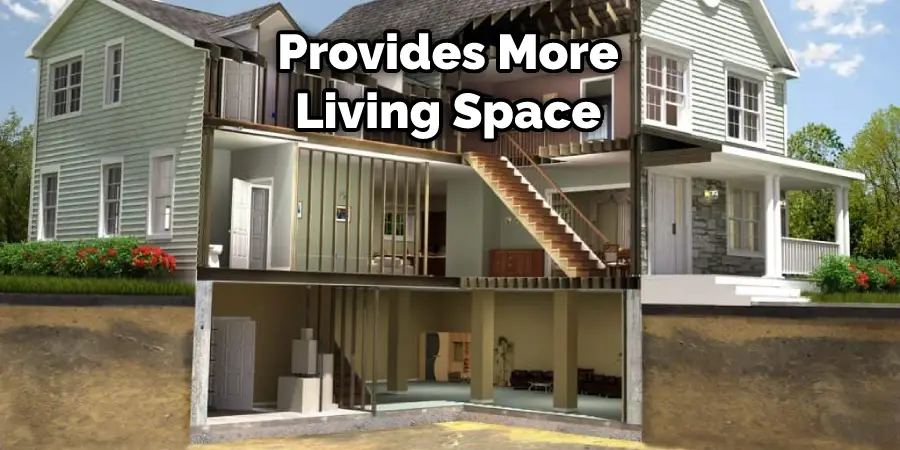
One of the primary benefits of adding a basement to a house on a slab is that it provides more living space. This is especially beneficial for families needing extra room or entertaining often. A basement can be used as an extra bedroom, playroom, home office, or family room.
2. Increase the Value of Your Home
Another benefit of adding a basement to your home is that it can increase the value of your property. This is because a basement adds extra square footage to your home, which makes it more valuable. Additionally, a basement can make your home more attractive to potential buyers, as it provides additional living space that can be used in a variety of ways.
3. More Storage Space
A basement can also provide you with more storage space for items you do not use regularly. This is especially beneficial if you live in a small home or apartment and do not have much storage space. By storing items in your basement, you can free up space in your home for other things.
4. Better Insulation
A basement can also provide better insulation for your home. This is because basements are typically cooler than the rest of the house, which can help keep your home cooler in the summer. Additionally, a basement can help to reduce noise from outside, as it acts as a sound barrier.
5. Protection from Flooding
Another benefit of having a basement is that it can protect your home from flooding. This is because basements are typically built above ground level, which means they are not susceptible to flooding like the rest of the house.
Additionally, basements typically have drainage systems that help to remove water from the area quickly and efficiently. This can help prevent home damage and keep your belongings safe.
Adding a basement to your house on a slab allows you to enjoy all of these benefits and more. With the extra living space, increased property value, better insulation, and protection from flooding, there are many advantages of having a basement in your home.
4 Common Mistakes People Make When Trying to Add a Basement to A House on A Slab
1. Not Planning for the Cost
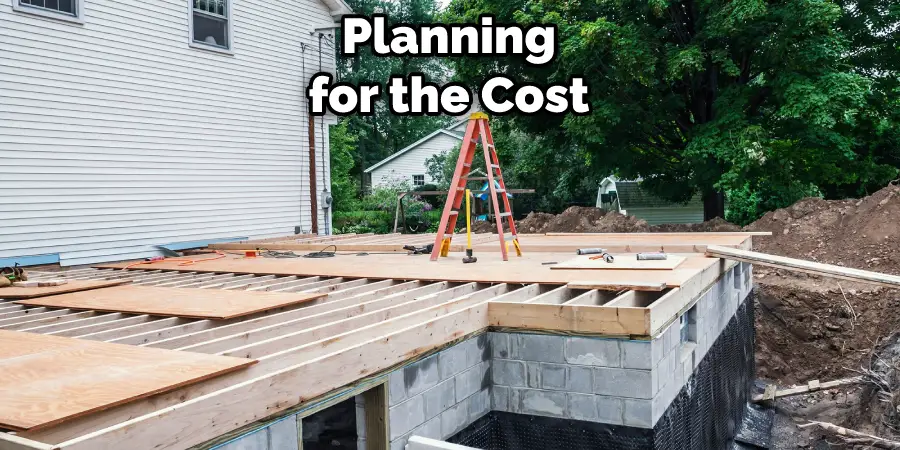
One of the most common mistakes people make when trying to add a basement to their house is not planning for the cost. Basements are not cheap, and the cost of adding one can quickly add up. It is important to get a realistic estimate of the cost of adding a basement before making any decisions.
2. Not Checking for Permits
Another common mistake people make when trying to add a basement to their house is not checking for permits. Depending on where you live, you may need to get a permit from your local government in order to add a basement. Failure to do so could result in hefty fines.
3. Not Hiring a Professional
Another mistake people make when trying to add a basement to their house is not hiring a professional. While it is possible to add a basement yourself, it is generally not recommended. There are many complexities involved in adding a basement, and it is best to leave it to the professionals.
4. Not Planning for the Future
One final mistake people make when trying to add a basement to their house is not planning for the future. Basements can be used for many different things, and it is important to have an idea of what you want to use yours for before starting the project. This will help you ensure that your basement is designed correctly and that you do not encounter any problems.

Conclusion
Adding a basement to your house on a slab can be a massive undertaking, but with careful planning and the right professionals, you can transform your home. Be sure to consult with local experts, obtain the necessary permits, and start the project during a suitable time of year.
Following the above guidelines will ensure a safe, dry, and structurally sound basement for you and your family to enjoy. Thanks for reading our post about how to add a basement to a house on a slab.

